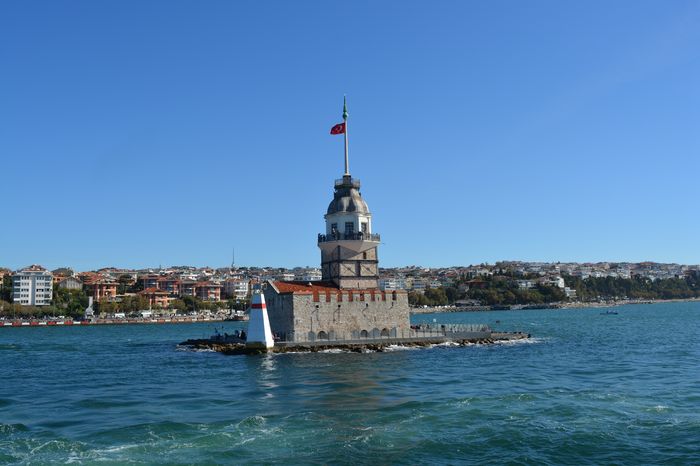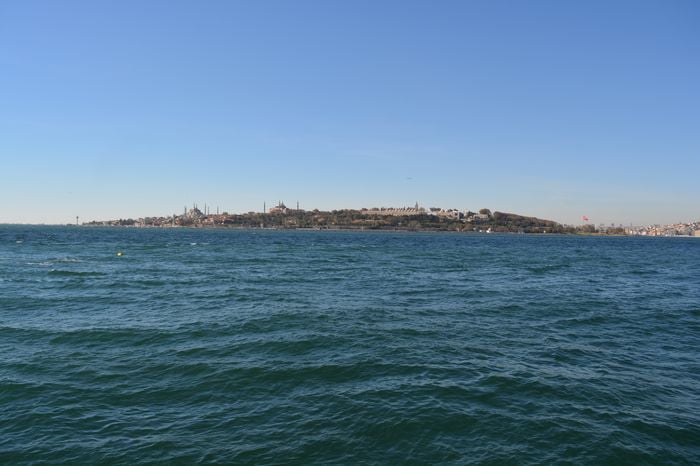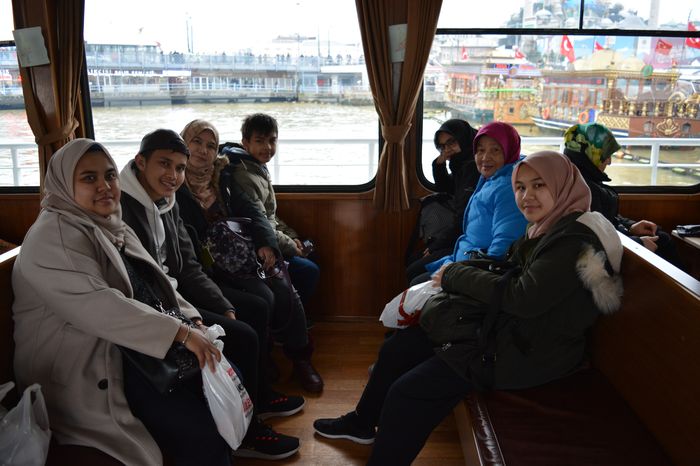In ancient Constantinople, the building and repair of the city’s walls was everyone’s responsibility. The law was very strict on this matter. No citizen was excused, no matter their rank, job, or social class. Everyone had to contribute in some way.
To help cover the cost of building, the city was allowed to use one-third of its land-tax revenue. If more money was needed, it was collected directly from the citizens. The government didn’t do this work alone. Instead, the project was often assigned to the “Factions”—groups like the Blues and the Greens, which were best known for their rivalry in chariot racing, but also played roles in civic duties Continued Growth of the Capital under Arcadius.
For example, in 447 AD, after an earthquake damaged the walls, the Blues and Greens together provided 16,000 workers to repair and improve the defenses.
Building Materials and Construction Methods
The materials used to build the walls were carefully selected. Builders used tertiary limestone, brought from nearby Makriköy, where you can still see the old quarries today.
The bricks used were large and thick, usually measuring about 1 foot 2 inches square and 2 inches thick. Some bricks were stamped with the name of the emperor, the year, or the manufacturer who made or donated them.
To hold everything together, builders used a strong mortar—a mix of lime and crushed bricks—which made the structure extremely solid, almost like natural rock.
The New Wall Built by Anthemius
The new land walls, known as the Wall of Anthemius, were built in the year 413 AD. At that time, Theodosius II was still a child—only twelve years old—so the real decision-making was handled by Anthemius, the powerful Praetorian Prefect of the East.
These new walls are now called the inner walls of Constantinople and stretch from the Sea of Marmara in the south to the old Byzantine Palace (Tekfur Sarayı) in the north. They stood about 1 to 1.5 miles west of the older Wall of Constantine, pushing the boundaries of the city outward.
Seawalls Came Later
The land walls weren’t the only new defenses. Since the new line of walls was farther out, the seaside fortifications also had to be extended. Though this was part of Anthemius’s plan, the actual work wasn’t finished until 439 AD, under the rule of Prefect Cyrus. At that time, Theodosius II was still emperor Customized Sofia Tours.
Strong Enough to Stop Attila the Hun
The massive strength of these new walls proved to be a life-saver for the city. When Attila the Hun threatened Constantinople, he took one look at the walls and chose not to attack. The bulwarks built by Anthemius were too powerful—even for the most feared warrior of the time.







